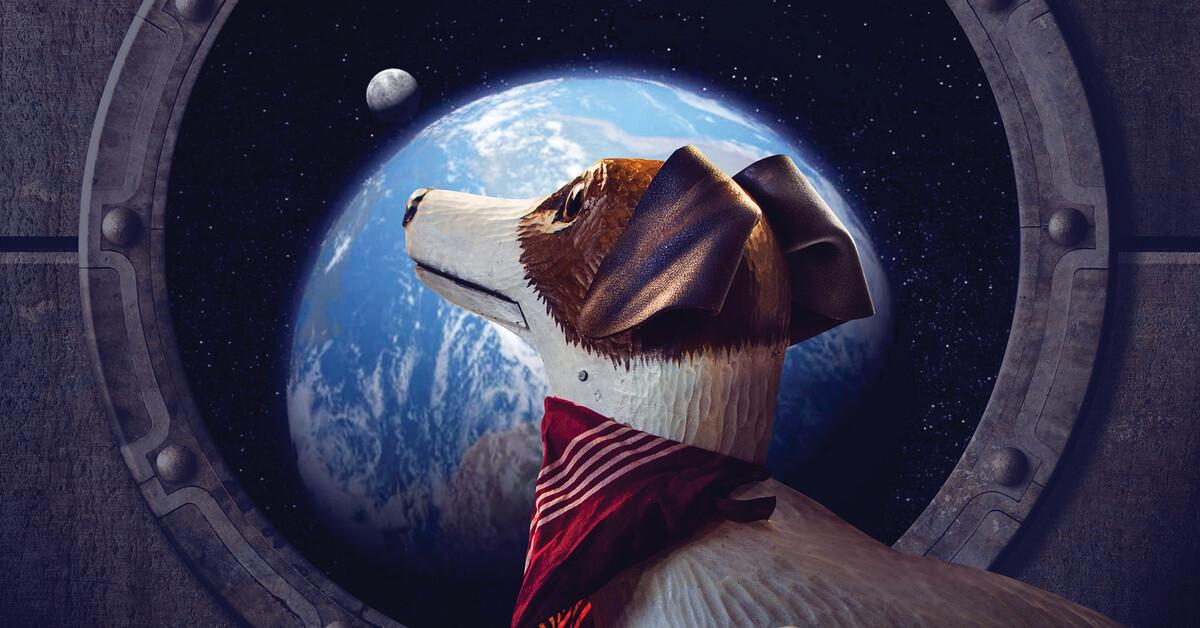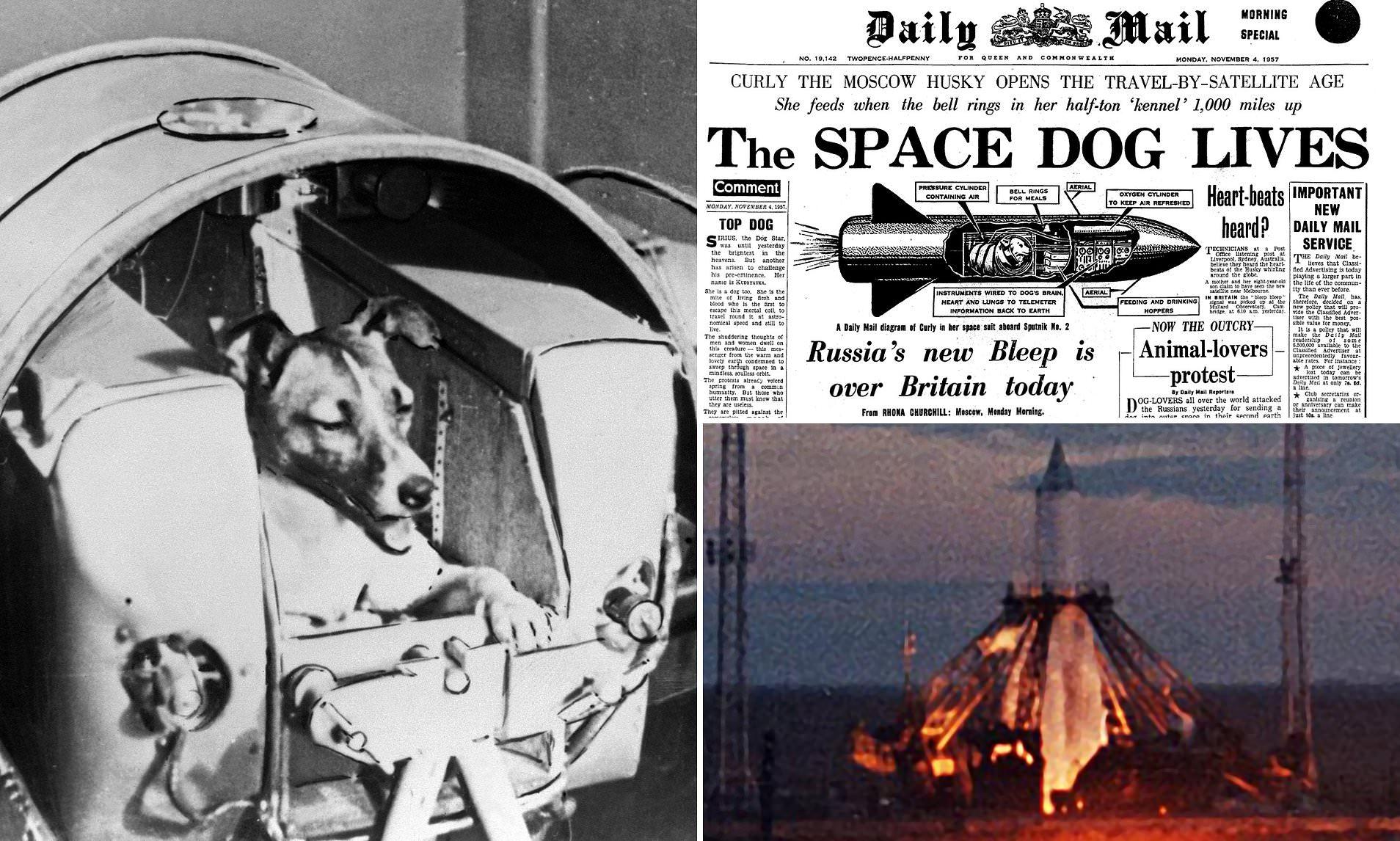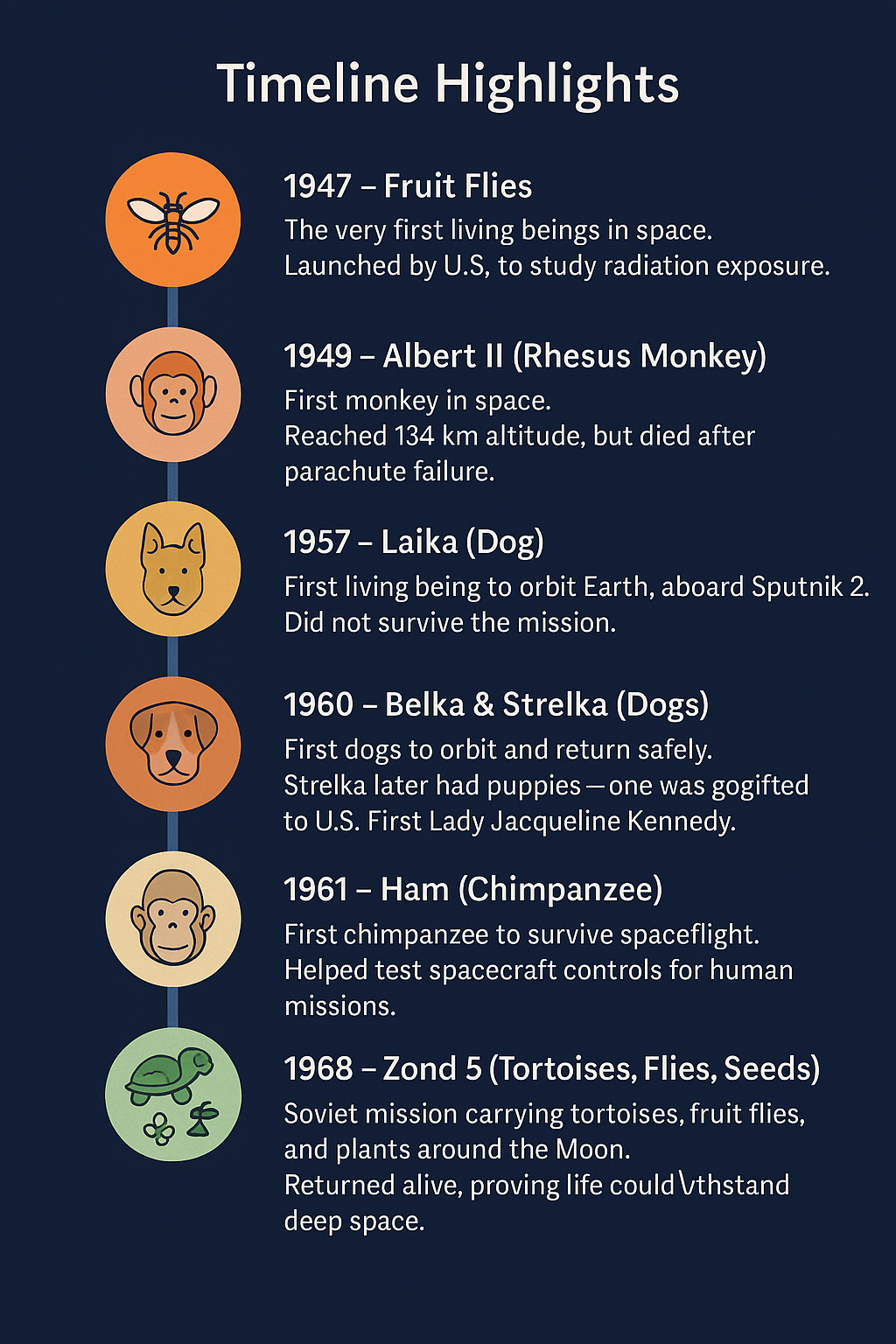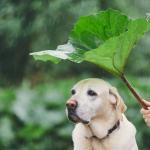On November 3, 1957, a small stray dog from the streets of Moscow was launched into space aboard Sputnik 2. Her name was Laika. To the world, she became a symbol of human progress the first living being to orbit Earth. But behind the triumph was a tragedy. Laika was never meant to return. She was sent into space to die.

Laika’s story is often told as a footnote in history, but for parents and pet parents, it is much more. It is a story about ambition without compassion, about the lives we see as expendable, and about the conversations we must have with our children about empathy, ethics, and responsibility.
Table of contents [Show]
From Stray to Spacecraft
Laika was a mixed-breed, found wandering Moscow’s cold streets. She was chosen for the mission because she was small, calm, and had already survived a hard life. To the Soviet scientists of the 1950s, she was the perfect candidate for a one-way journey.

The world celebrated her launch. Headlines called her a pioneer, a heroine. But the truth revealed decades later that Laika died within hours of takeoff, from heat and stress. The mission had been planned for political victory, not her survival.
This Is How Animals Suffer in Experiments
Laika’s tragedy was not isolated. Throughout the 1950s and 1960s, animals were routinely used to test the limits of space travel. NASA records show that before Laika, fruit flies were sent up in 1947. Later came monkeys like Albert II, who died after his parachute failed, and dogs like Belka and Strelka, who were among the first to survive a full day in orbit in 1960.

Some missions were deemed successes because the animals returned alive. Others ended in silence, with lives lost far from home. Together, these experiments paved the way for human astronauts. But they also left a trail of suffering and hard ethical questions.
When we share Laika’s story with children, it can be a doorway into these bigger conversations. It’s not about painting science as cruel, but about reminding the next generation that progress should never come at the expense of compassion.
Talking to Children About Laika
Laika’s story doesn’t need to be hidden. In fact, it can be a powerful way to introduce children to questions of ethics, kindness, and responsibility.
- For young children: Keep it simple. “Laika was a brave dog who went to space. She didn’t come back, but her story reminds us to always be kind to animals.”
- For older children: Go deeper. “Laika’s journey shows us how humans sometimes made choices that were unfair to animals. Today, we can do better by treating pets and street dogs with care.”
Psychologists remind us that children can handle complex truths when explained with honesty and compassion. Stories like Laika’s teach them that progress is valuable, but it should never come at the cost of life.
Parenting Lessons From Laika
Laika’s legacy is not just about science — it’s about values. Much like the parenting lessons in empathy we explored in our kindness feature, her story reminds us that compassion must lead the way.
- Compassion Over Achievement: Success is meaningful only when balanced with empathy.
- The Value of Every Life: Laika was a stray, a dog without pedigree. Yet she mattered. Worth is never defined by status.
- Ethics in Science and Beyond: From Laika to the animals NASA documents in its archives, history shows us progress must consider fairness and kindness.
A Mirror for Pet Parenting
For pet parents, Laika’s story carries an added layer. She was once a stray just like the millions of street dogs across India today. Many of them face neglect, abuse, or displacement. In Laika, we see both their vulnerability and their resilience.
Adopting, fostering, or simply feeding street dogs becomes not just an act of kindness but a way of rewriting history, ensuring no animal is seen as disposable again.
Today, space travel is safer, and technology has replaced the need for animal testing in many cases. But Laika’s story, and the NASA records of those who followed her, remain relevant because they force us to ask: What are we willing to sacrifice for progress? And equally: What values do we want our children to inherit?
In a world where children are growing up surrounded by technology and ambition, Laika’s story is a reminder that compassion must always lead the way.
Reader Reflection
When we asked parents how they would share Laika’s story with their children, here’s what they said:
- “I told my son that Laika was brave, but she deserved better. He immediately asked if we could feed the street dogs near our house.” – Anjali, Mumbai
- “My daughter cried when she heard about Laika. Then she drew her as a star in the sky. Maybe that’s how kids process grief, through imagination.” – Rohit, Kochi
Laika’s journey is not just a chapter in history. It is a mirror held up to humanity, asking whether ambition can walk hand in hand with empathy. For parents, it is an opportunity to raise children who celebrate progress but never forget compassion.
For more stories that shape today’s parents, follow Mapabear.





 Guiding and Empowering Parents with fact-checked excellence -
Guiding and Empowering Parents with fact-checked excellence -